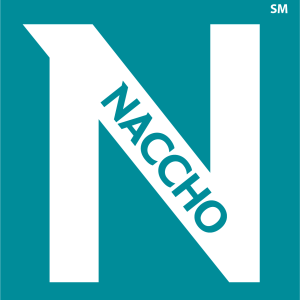A new publication is now available from CDC and NASTAD titled Syringe Services Programs: A Technical Package of Effective Strategies and Approaches for Planning, Design and Implementation. This technical package provides evidence of the effectiveness of strategies and approaches to support successful planning, design, implementation, and sustainability of syringe services programs (SSPs).
This timely and impactful resource provides a broad framework of evidence-based programmatic practices that will improve SSP service delivery and access to care for people who use drugs. New and existing SSPs can use the technical package to help guide effective planning and implementation and to identify opportunities for program enhancement.
The resource outlines five key strategies and approaches derived from the experiences of SSPs on the ground and current evidence on best practices.
- Involve people with lived experience, and recognize the expertise of syringe services program participants in design, policies, and implementation.
- Use a needs-based distribution approach. Access to a sufficient number of sterile syringes is a key component of a comprehensive strategy aimed at limiting the spread of infectious disease among people who inject drugs.
- Provide core services (syringe distribution and safe disposal) and expanded services (such as infectious disease screening and treatment).
- Collect data at syringe services programs on trends, needs, and program effectiveness.
- Ensure program sustainability.
Please find the Dear Colleague Letter announcing the publication here and a link to the resource here. Please share widely with your networks and contact Laura Pegram or NASTAD’s Drug User Health team with questions or to request TA on SSP implementation.




